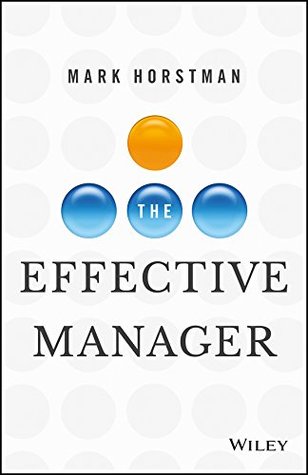More on this book
Community
Kindle Notes & Highlights
The Definition of an Effective Manager Is One Who Gets Results and Keeps Her People
The First Critical Behavior: Get to Know Your People
People and their behaviors are what deliver results to your organization. (Not systems, not processes, not computers, not machines.)
The Speed of Trust, written by Stephen M. R. Covey.
Jon R. Katzenbach and Douglas K. Smith, The Wisdom of Teams,
Getting to know your directs accounts for 40 percent of the total value created by engaging in the four critical behaviors.
If you want high performance, you're going to have to talk about it with your directs. It matters more than anything else, other than your relationship with them.
The Third Critical Behavior: Ask for More
You're supposed to create stress for your directs.
Eustress is the stress you feel that helps you get ready, get excited, and “get up” for the big game.
To be an effective manager means encouraging and inspiring all of your directs to higher performance even when they say they don't want to—because you know the organization needs that to stay competitive.
Asking for more accounts for roughly 15 percent of the total value created by engaging in the four critical behaviors.
The Fourth Critical Behavior: Push Work Down
The direct should do the job and not the manager, because the direct is cheaper labor. If we can achieve an acceptable quality level with less cost, for all but the most important things we do, we should do so.
Pushing work down accounts for roughly 15 percent of the total value created by engaging in the four critical behaviors.
Output Management by Andy Grove
Here's the rank ordering of results and retention improvements by periodicity: Weekly—Biggest improvement in both results and retention Biweekly—Slightly less than half the improvement seen by weekly O3s No One On Ones—Slight improvement in results and retention Monthly—Slight decrease in results and retention
What is a Manager Tools One On One? It is a meeting That is scheduled That is held weekly That lasts for 30 minutes That is held with each of your directs In which the direct's issues are primary In which the manager takes notes
The Manager Tools Feedback Model has four simple steps: Step 1: Ask. Step 2: State the Behavior. Step 3: State the Impact of the Behavior. Step 4: Encourage Effective Future Behavior.


